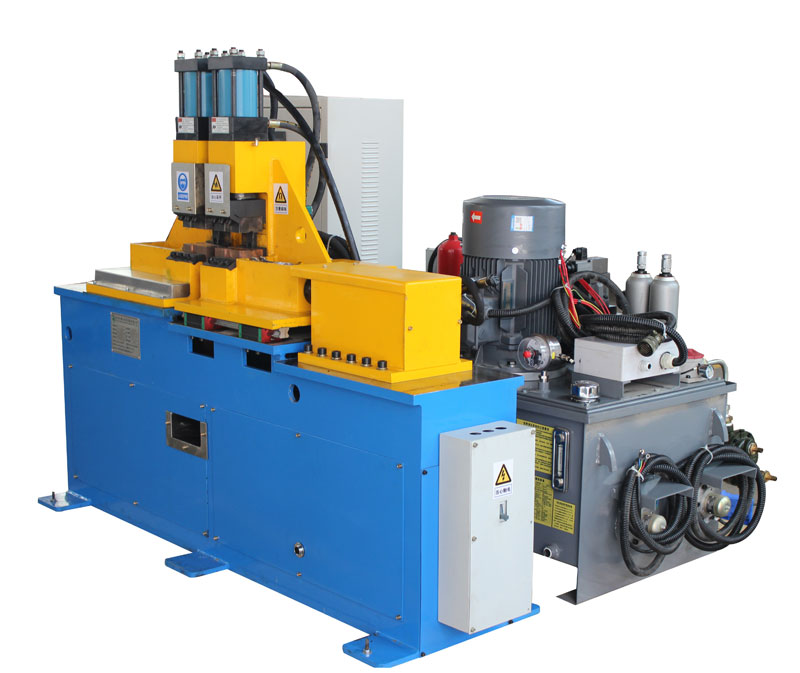Introduction to Butt Welding Machine Transformer Capacity
The transformer is a critical component in butt welding machines, playing a key role in providing the necessary welding current for the welding process. Understanding the transformer capacity is essential for welders and professionals in the welding industry to select the appropriate machine for specific welding applications. This article provides an introduction to the butt welding machine transformer capacity, emphasizing its significance in achieving efficient and reliable welding operations.
The transformer capacity of a butt welding machine refers to its ability to convert the input voltage to the required welding current for the welding process. It is a crucial aspect that determines the machine’s welding capabilities and performance. Let’s delve into the significance of transformer capacity and its impact on welding operations:
- Welding Current Output: The transformer’s capacity directly influences the welding current output of the butt welding machine. Higher transformer capacity allows for a higher welding current output, facilitating efficient fusion and ensuring robust welds on various materials and joint configurations.
- Material Thickness and Welding Application: Transformer capacity should be selected based on the material thickness and the welding application’s specific requirements. Welding thicker materials or performing heavy-duty applications may necessitate a machine with a higher transformer capacity to deliver the required welding current.
- Duty Cycle and Continuous Welding: Transformer capacity also affects the duty cycle of the butt welding machine. Higher transformer capacity machines typically offer longer duty cycles, allowing for continuous welding operations without frequent interruptions for cooling.
- Energy Efficiency: Optimizing transformer capacity contributes to energy efficiency in welding operations. Selecting a transformer capacity that aligns with the welding requirements reduces energy wastage and ensures cost-effective welding processes.
- Joint Quality and Metallurgical Properties: The transformer capacity directly impacts the heat input during welding. Properly matching the transformer capacity with the material and joint design results in optimal heat input, enhancing joint quality and metallurgical properties.
- Welding Speed and Productivity: The right transformer capacity enhances welding speed and overall productivity. By providing the appropriate welding current output, the machine can achieve faster weld cycles and reduce production time.
- Compatibility with Power Supply: It is essential to ensure that the butt welding machine’s transformer capacity is compatible with the available power supply voltage. Mismatched transformer capacity and power supply can lead to inefficient welding and potential machine damage.
In conclusion, the transformer capacity is a vital aspect of butt welding machines that significantly influences welding performance, efficiency, and quality. By selecting an appropriate transformer capacity based on material thickness, welding application, duty cycle requirements, and power supply compatibility, welders and professionals can optimize welding operations and achieve reliable and high-quality welds. Understanding the significance of transformer capacity supports the welding industry in making informed decisions and employing advanced butt welding machines for various metal joining applications.
